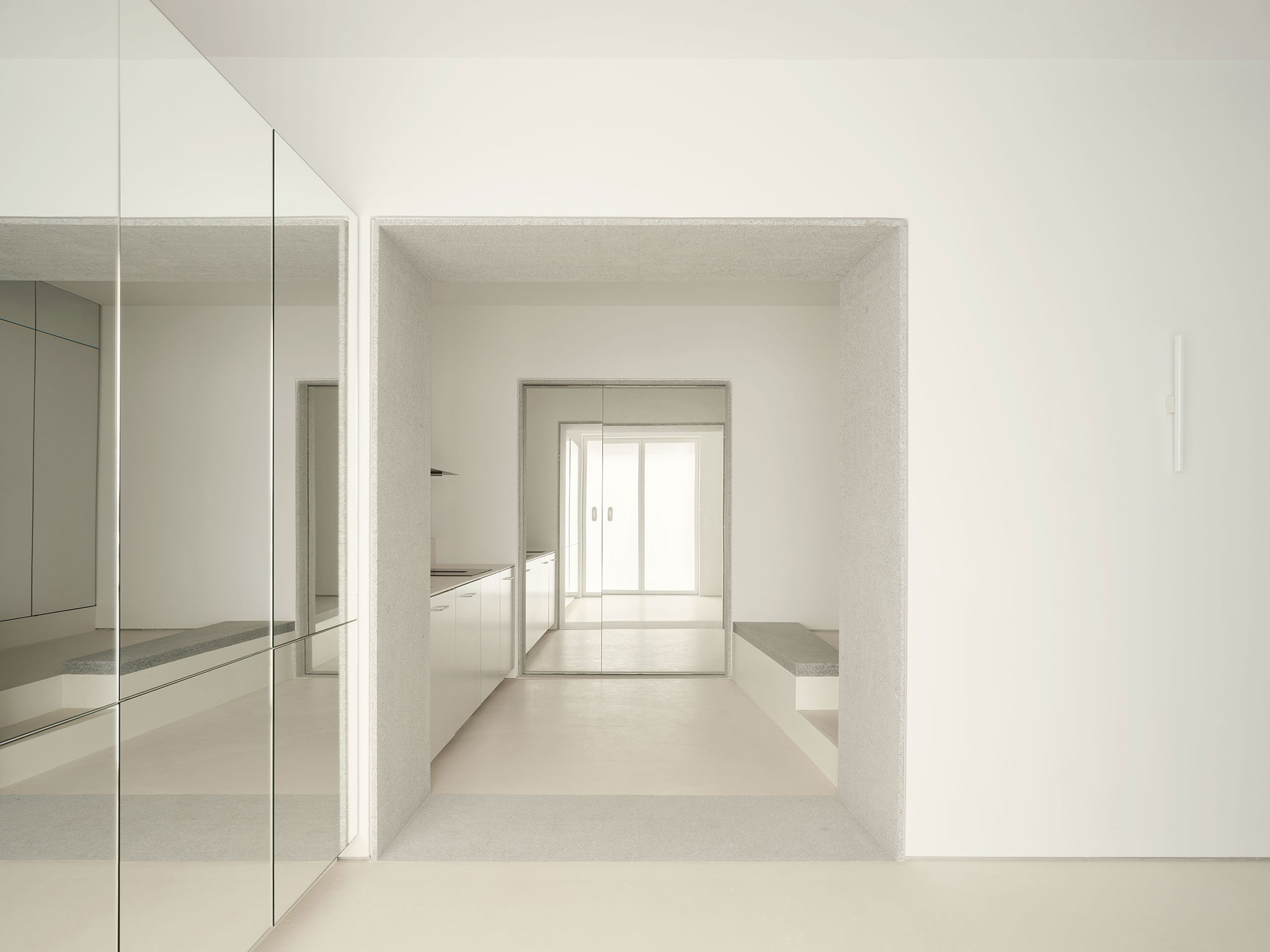Understood as rooms, the units that function as modules capable of preserving their independence, are projected together with furniture, creating a system that not only draws the shell of the project but also contains a custom work that, by the hand of Material palettes with calm tones make the program stand out and the project shine in its entirety.

M60 House by estudio Diir. Photograph by Luis Díaz Díaz.
Project description by Estudio Diir
The desire to explore new housing typologies inspires this proposal. Casa M60 is the result of an investigation based on flexibility and proposes, through a series of strategies, the creation of non-hierarchical units. An open model where the limits are blurred and whose ultimate goal is based on the creation of transformable modules.
The design of the project is based on a clear tactic. The longitudinality of the space is emphasized through the concatenation of rooms. This makes the conceptual duality of the project become evident. A succession of transverse walls serves two functions: on the one hand, they appear to fragment the space. On the other, they are perforated so that the spaces are connected and each one is a continuation of the previous one. The rooms, together with their perforations, gradually change proportion and size. This operation makes the progression through this sequence simulate symmetrical repetitions and generates the illusion of an infinite perspective.

M60 House by estudio Diir. Photograph by Luis Díaz Díaz.
The units are understood as rooms in themselves, modules capable of preserving their independence. Each one is designed in association with furniture that is part of the concept itself. This system not only draws the envelope of the project but also encloses the devices in charge of activating the program. That way, it is possible to free up the central space and offer a long, clean path whose polyvalence allows for a variety of uses.
This geometric rotundity is counterbalanced by calm tones. The palette of light materials is occasionally broken in certain scenes. On the one hand, the openings are emphasized with granite frames. On the other, the furniture associated with the perimeter is clad with mirrors or metallic surfaces to offer contrast and give it a significant entity.






































